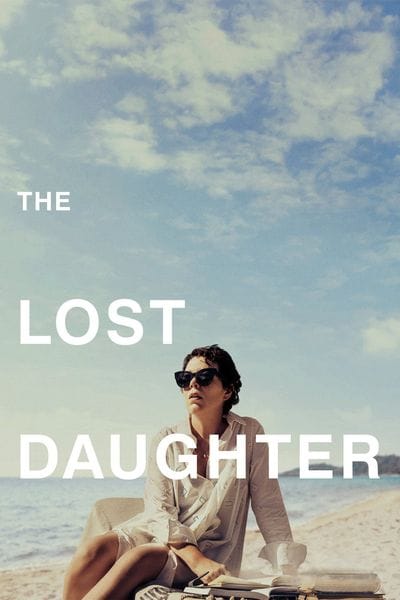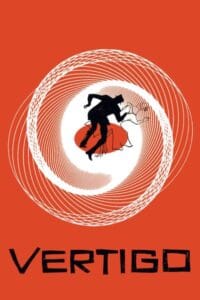Have you ever watched a film that transports you to an entirely different place, capturing the essence of its surroundings while delving deep into the complexities of human relationships? The Lost Daughter does just that, immersing viewers in a richly textured narrative that resonates on multiple levels. Set against the breathtaking backdrop of Spetses, Greece, this film not only captivates with its gripping story but also showcases the enchanting locations that bring the narrative to life in vivid detail.
As we journey through the sun-drenched streets and picturesque coastal views of Spetses, we see how the beauty of the landscape enhances the emotional weight of the film. Each location is meticulously chosen, reflecting the characters’ inner turmoil and aspirations. The serene beaches contrast sharply with the characters’ tumultuous emotions, highlighting the film’s exploration of motherhood, identity, and personal sacrifice.
As we explore the various filming locations, we begin to understand how the unique atmosphere they contribute to the film shapes the characters’ journeys. For instance, the vibrant colors and sounds of the island create a sense of both freedom and confinement, mirroring the protagonist’s struggle with her own desires and responsibilities. What does this stunning setting reveal about their inner conflicts?
Join us as we take a closer look at the captivating landscapes and spaces that shape The Lost Daughter, examining how the setting impacts storytelling and influences character development. Together, we’ll uncover the intricate relationship between place and narrative and appreciate the artistry involved in creating a film that resonates long after the credits roll.
City Locations
The picturesque island of Spetses is more than just a setting; it is a character in its own right. With its charming streets, classic architecture, and idyllic sea views, Spetses provides a perfect backdrop for the film’s exploration of motherhood, identity, and the passage of time. The tranquil ambiance and stunning vistas enhance the viewer’s connection to Leda, the protagonist, as she navigates her complex emotions and relationships. From the bustling town center to the serene beaches, each location in Spetses adds a layer of depth to the film’s narrative.
Location Types
What types of environments elevate the storytelling in The Lost Daughter? The film utilizes a range of location types, including beaches and oceanviews that reflect the protagonist’s longing for freedom and self-discovery. The apartments and cabins featured in the movie symbolize both solitude and the domesticity Leda grapples with. Furthermore, the Mediterranean naturescapes serve as a visual metaphor for Leda’s turbulent journey, revealing her struggles and desires through the natural beauty that surrounds her.
Location Styles
Diverse location styles enhance the visual storytelling of The Lost Daughter. The film takes viewers through a variety of settings, such as clubs, bars, diners, and theaters, depicting the social dynamics and interactions that shape Leda’s experience. The beach house and boat-style scenes provide intimate moments of reflection and connection, while foreign and modern car elements create a sense of place that resonates with Leda’s contemporary struggles. Each style not only illustrates the vibrant culture of Greece but also mirrors Leda’s inner world, as she aims to reconcile her past with her present.
About Lost Daughter
The Lost Daughter is a powerful and thought-provoking examination of the complexities of motherhood and the often profound consequences of personal choices. Based on the critically acclaimed novel by Elena Ferrante, the film delves deeply into the intricate themes of guilt, longing, and self-identity through the richly developed character of Leda, masterfully portrayed by Olivia Colman. As she spends a transformative summer on a picturesque Greek island, Leda encounters a vibrant family that stirs up vivid memories of her own tumultuous past as a mother. This encounter leads her to engage in a poignant and introspective exploration of her choices, emotions, and the sacrifices she made along the way. The film deftly weaves together the threads of past and present, offering profound insights into Leda’s psyche while simultaneously showcasing the stunning and breathtaking scenery of Spetses, which becomes almost a character in itself. The juxtaposition of Leda’s inner turmoil against the beauty of her surroundings amplifies the emotional weight of her journey, making for a viewing experience that resonates long after the credits roll.
Lost Daughter Locations
The various locations throughout Spetses play a crucial role in shaping the narrative and emotional landscape of the film. Each site is carefully chosen to highlight the tensions and revelations within Leda’s journey, providing a rich backdrop that enhances the storytelling. For instance, the beach scenes are pivotal, representing both a physical and emotional escape for Leda. These idyllic coastal settings not only offer her a momentary retreat from her inner turmoil but also serve as a catalyst for her encounters with other characters, revealing deeper layers of her personality and past experiences. The contrast between the serene beauty of the beach and the complexities of her life creates a powerful tension that resonates with the audience. As the story unfolds against the backdrop of these striking settings, viewers are invited to immerse themselves in the vibrant world of The Lost Daughter, experiencing the rich textures of Leda’s emotions and the profound themes of motherhood, identity, and self-discovery that permeate the film. Each location in Spetses becomes a character in its own right, reflecting Leda’s internal struggles and external interactions.
Leda Meets Caretaker and Sees Pretty Apartment Scene in Lost Daughter
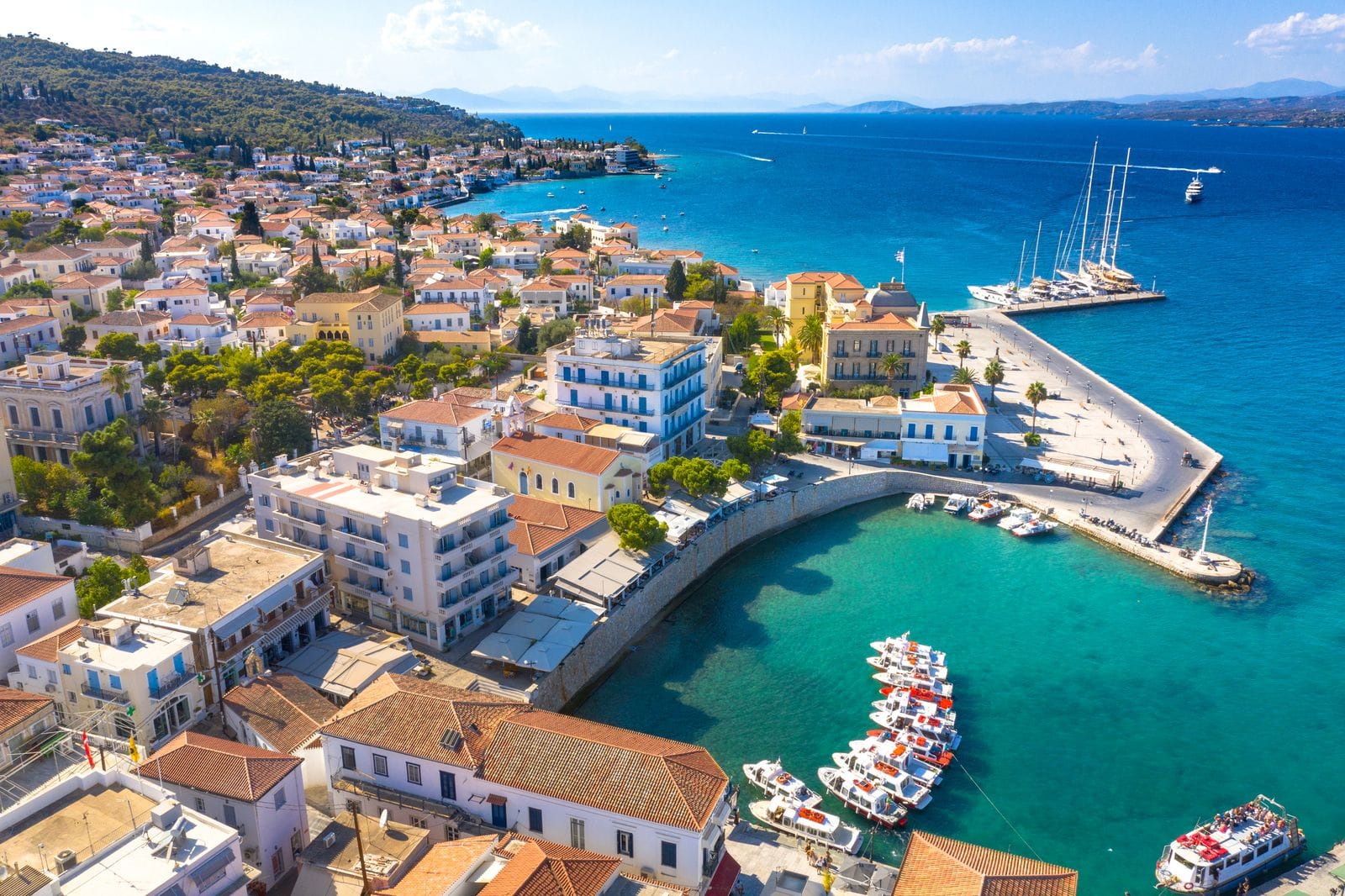
One of the film’s most enchanting locations is the apartment where Leda first encounters the caretaker, setting the stage for pivotal moments in her journey. The space is elegantly appointed, with tasteful decor that reflects a blend of modern aesthetics and classic charm. Sunlight pours through large windows, filling the room with a warm glow that mirrors Leda’s hopes and aspirations. This scene not only establishes a profound sense of comfort and safety but also serves as a poignant backdrop for Leda’s introspective journey. As she engages with the caretaker, we witness the delicate juxtaposition of Leda’s past and present—the idyllic setting enveloping her in a nostalgic embrace, while simultaneously stirring deep emotions of regret and longing that she has carried for years. The carefully crafted ambiance amplifies the weight of her memories, creating a space where her vulnerabilities are laid bare. This moment encapsulates the film’s intricate exploration of the complexities of relationships and the universal search for meaning in a transient world, inviting the audience to reflect on their own connections and the bittersweet nature of time.
Leda Encounters Will at the Beach Scene in Lost Daughter
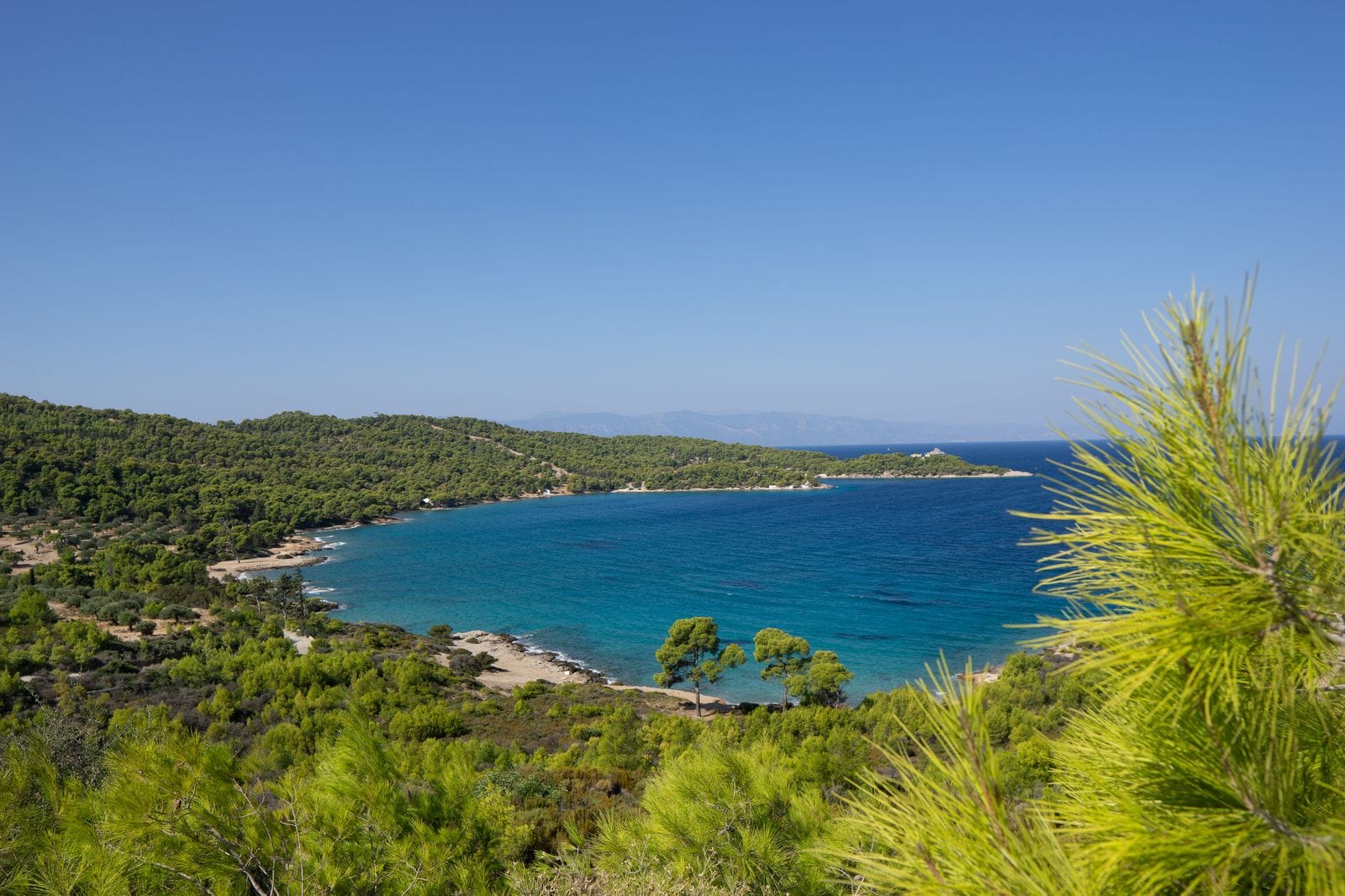
The beach scenes are undeniably impactful, where Leda encounters Will, a pivotal character who introduces new dynamics into her life. The sun-drenched shore, with its golden sands and gentle breeze, serves as a stark contrast to the internal struggles she faces, creating a visual metaphor for her emotional turmoil. As the waves crash against the jagged rocks, sending sprays of salty mist into the air, the dialogue and interactions between Leda and Will unfold, layered with tension and unspoken feelings that hang in the air like the heavy scent of the ocean. This poignant encounter not only deepens our understanding of Leda’s character—revealing her vulnerabilities and desires—but also highlights how the environment shapes our experiences and perceptions, acting as a silent witness to their unfolding story. The beauty of the coastline, with its vibrant sunsets and rhythmic tides, embodies the allure of connection and the relentless pull of the past, creating a scene rich with emotional resonance that invites both reflection and longing.
Young Leda is Trying to Raise Her Daughter Alone Scene in Lost Daughter
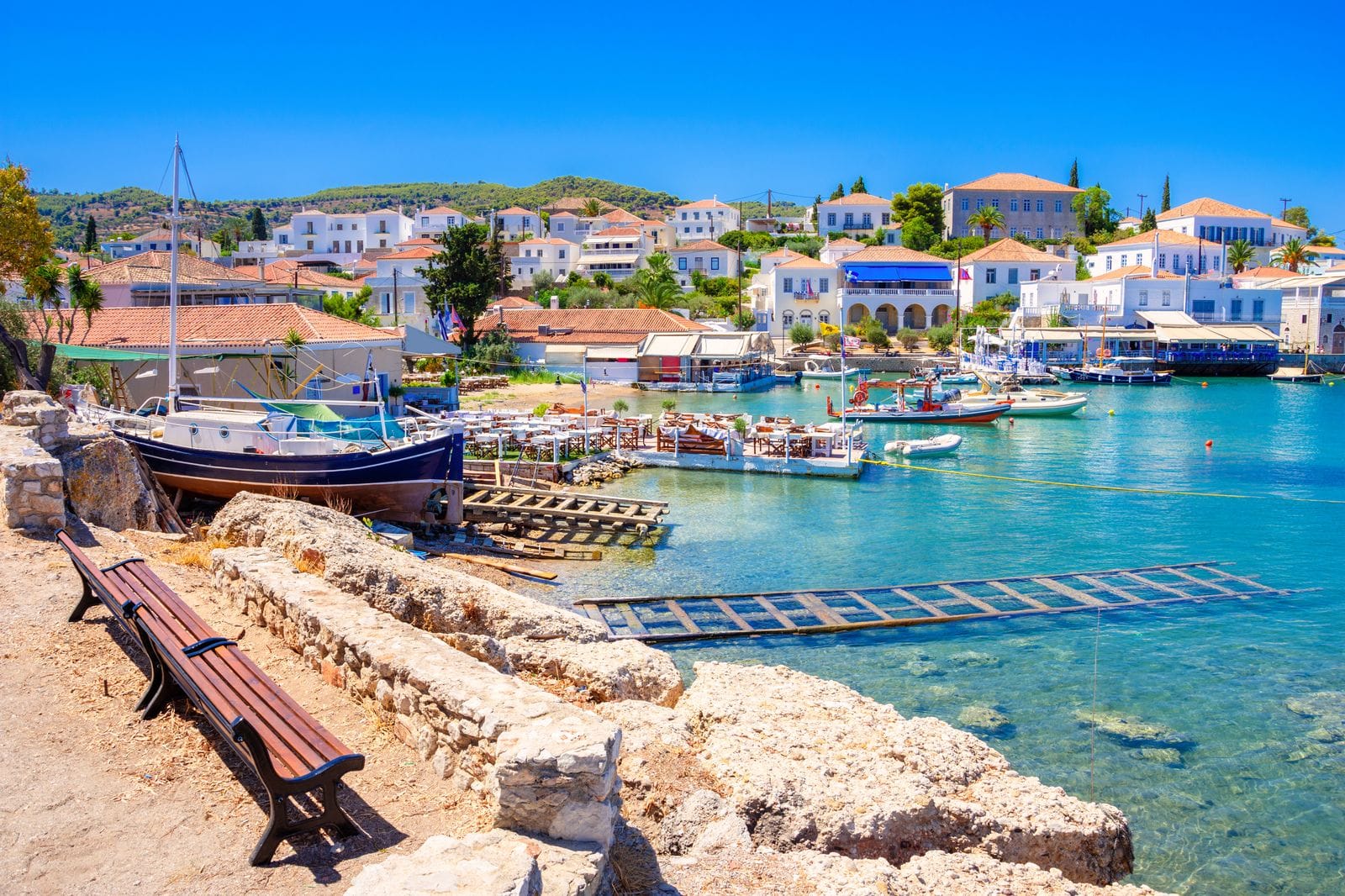
Flashbacks to Leda’s younger years provide a crucial context for understanding her complexities. In scenes depicting her as a young mother, we see the challenges she faces as she strives to balance her aspirations with the demands of motherhood. Filmed in domestic spaces that feel both constricting and familiar, these moments resonate with many who have navigated similar paths. The choice of location underscores the duality of motherhood—its nurturing aspects as well as its isolating challenges. The juxtaposition of present and past amplifies the emotional stakes, allowing viewers to empathize with Leda’s tumultuous journey.
Leda and Will Have Dinner at Restaurant Scene in Lost Daughter
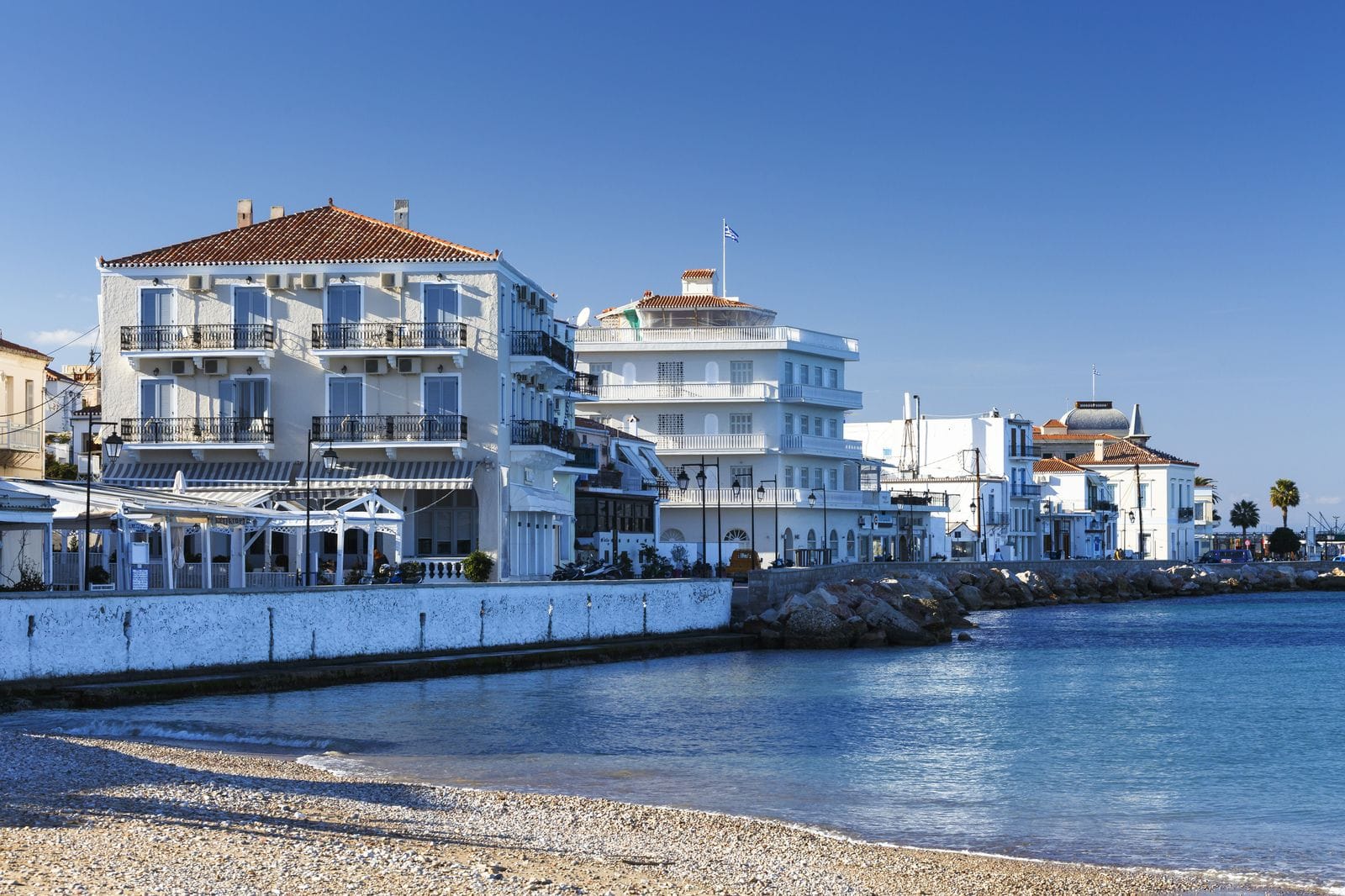
The restaurant scene featuring Leda and Will offers a moment of reprieve from the emotional weight of the film. Set against the backdrop of a lively dining space, this scene captures the energy of social connection and intimacy. The vibrant atmosphere reflects Leda’s desire for companionship and her struggle with vulnerability. Here, the interplay of laughter and conversation contrasts sharply with the deeper themes of loneliness and longing that permeate the film. The restaurant becomes a stage for introspection, as each bite and shared glance carries the weight of unsaid truths and unfulfilled desires.
Leda Sings and Dances with Lyle at the Resto-Club Scene in Lost Daughter
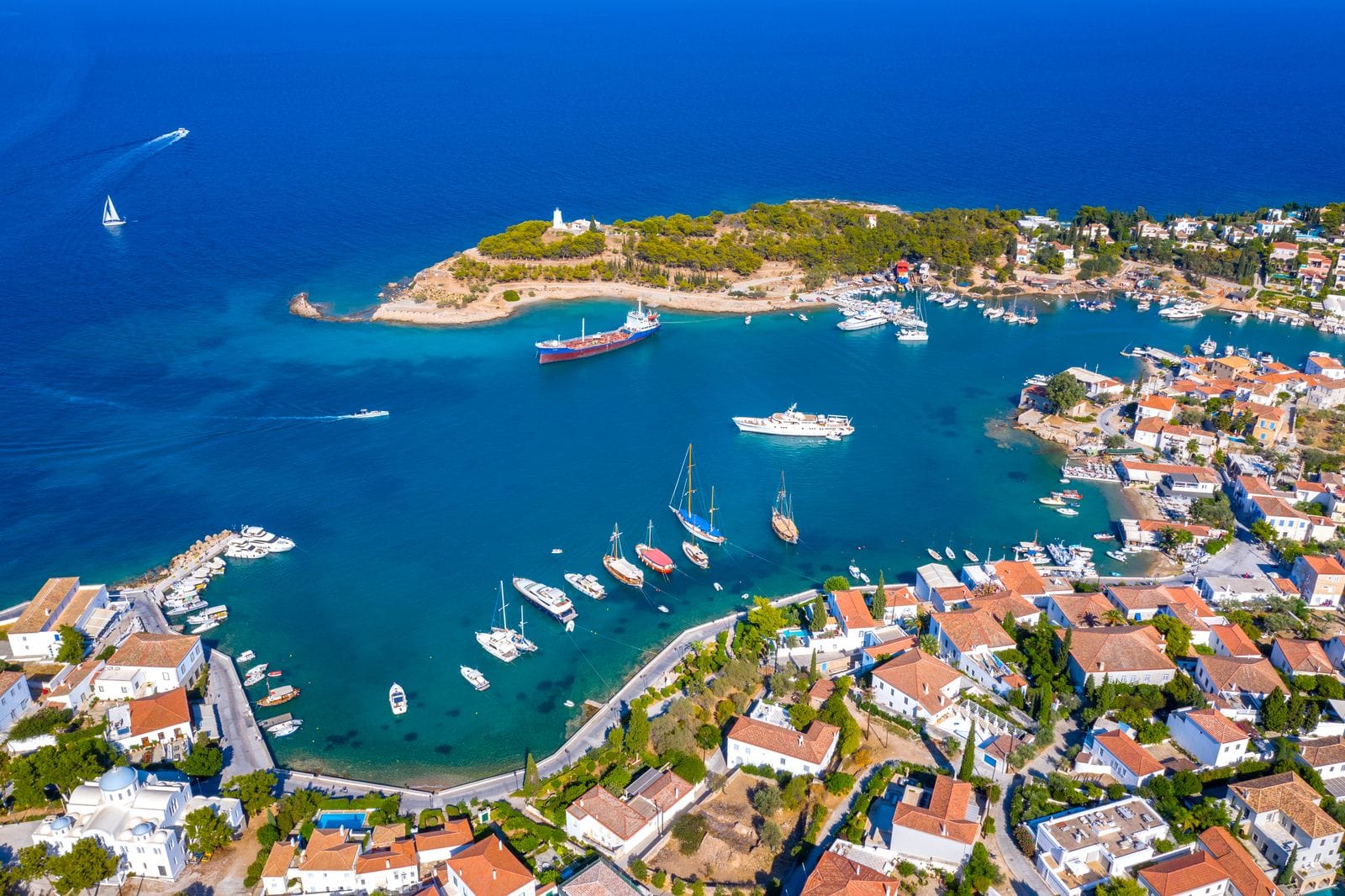
One of the film’s lighter moments occurs in the resto-club scene, where Leda sings and dances with Lyle, showcasing a playful side of her character. The pulsating music and vibrant setting create a sense of liberation, allowing Leda to temporarily escape the gravity of her emotions. This scene not only provides a stark contrast to the more somber moments of the film but also highlights the celebration of life, joy, and connection. The choreography of laughter, movement, and music serves to reinforce the idea that, amidst internal struggles, moments of happiness are both fleeting and essential.
Leda Goes to Watch a Movie Scene in Lost Daughter
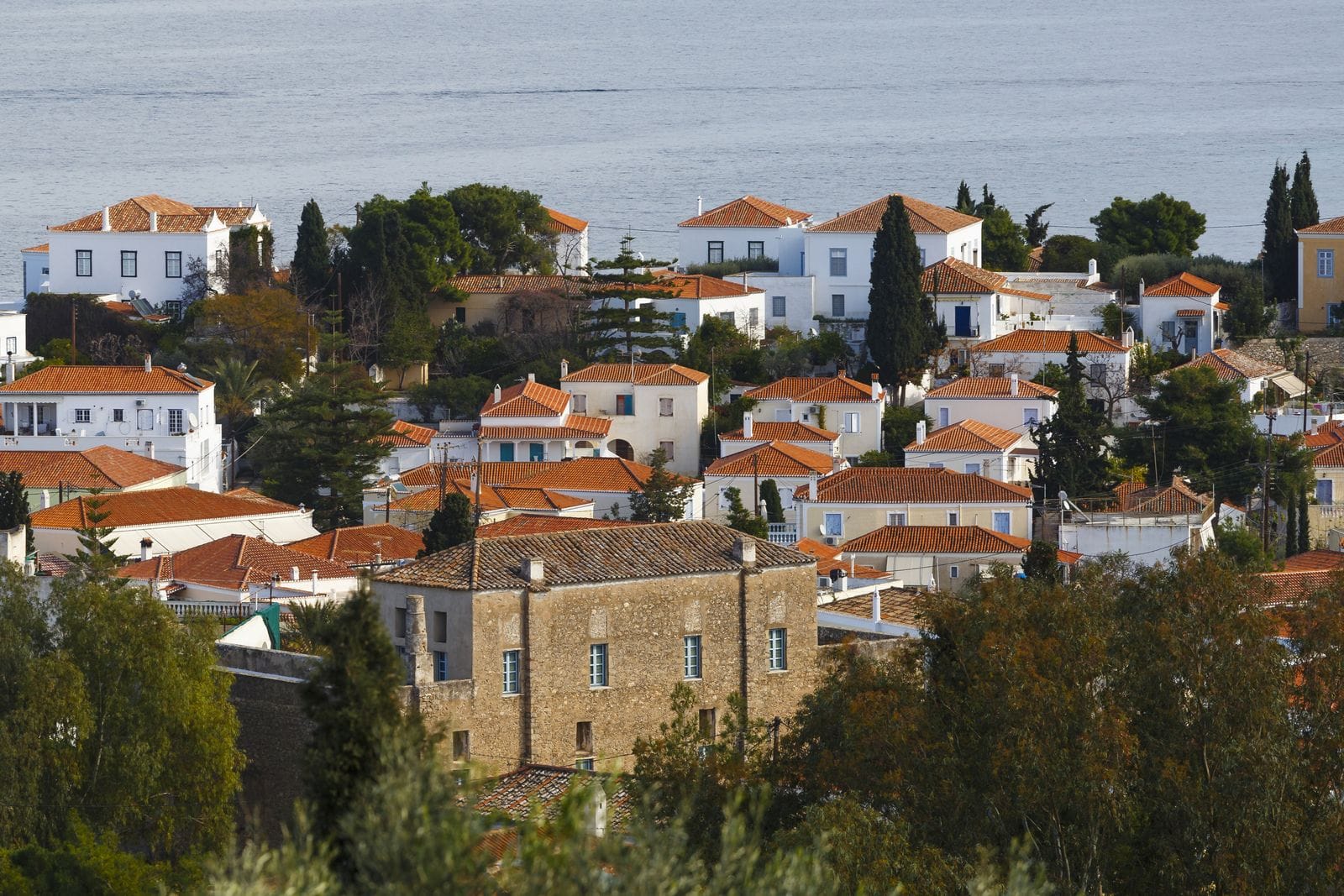
Film has the unique power to reflect realities and fantasies, and in The Lost Daughter, a scene where Leda goes to watch a movie provides a meta-narrative element. In this location, the act of watching films becomes a form of escapism for Leda, mirroring her emotional state and desires. The dim lighting and cinematic experience envelop her in a cocoon of storytelling, blurring the lines between fiction and reality. This scene highlights the film’s exploration of identity and the blurred boundaries between different stages in life, as Leda grapples with her past choices and uncertain future.
Conclusion
The Lost Daughter is a richly layered film that not only delves into the complexities of human relationships but also showcases the beauty of its locations in conveying emotion and meaning. From picturesque beaches to intimate domestic spaces, each location serves a purpose in shaping the narrative and providing insight into Leda’s journey. As viewers are taken on this emotional and visual journey through Spetses, they are reminded that our surroundings have a profound impact on our experiences, perceptions, and memories. So grab some popcorn, sit back, and get lost in the world of The Lost Daughter. The journey awaits.

